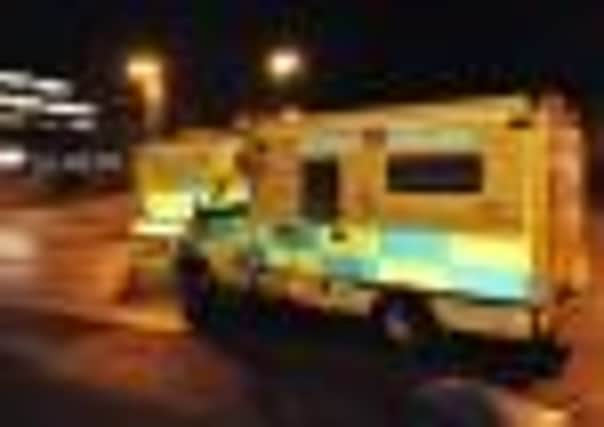Cuts are areal worry


It is difficult to see how current services can be maintained when important cover will be lost when ambulances change over at the end of shifts. Details have yet to be announced.
Again one wonders how much consultation takes place with those at the sharp end. One would have thought that ambulance crews probably have better knowledge than anyone what is needed when an emergency occurs. This seems to be happening at the same time as the Sussex health authorities have opted to centralise stroke services at Eastbourne’s District General Hospital.
Advertisement
Hide AdAdvertisement
Hide AdThe most important thing is for a stroke victim to receive medical attention in a stroke unit in the shortest possible time. The sooner the patient is treated the better the recovery. The time it would take for a stroke victim to reach Eastbourne from Rye for instance could be critical to a good recovery.
The police too it would seem are having to make cuts with reductions in its manpower with many police stations likely to close. The Police station in Rye has been threatened with closure. One good bit of news is that the Fire Authority has rejected proposals to downgrade the Ridge Fire Station to retained status, a proposal which would have reduced cover in the rural areas in an emergency. Surely these front line emergency services should be protected.
One suggestion is that the three emergency services should be housed in one place, a solution which I hear has been established in parts of Kent; surely a sensible idea if this could be done, and maybe in the long run save as much money as cutting these services.
Nick Boles, the housing minister, has insisted we have to cover the size of Cornwall in new house. The projections are that, by 2030 the population will have reached more than 70 million.
Advertisement
Hide AdAdvertisement
Hide AdThe startling results released in the last census have been made official but to most people it would not have come as a surprise!
We are over populated. No wonder we need more houses to be built. But where are they to be built? Mr Boles says the only solution is to build houses on England’s green fields, suggesting that 2/3% of land could be utilised. Needless to say conservationists and people living in the rural areas were shocked to hear this news. In Rye we have already experienced the creation of a housing development on a green field site, namely Valley Park, which was vehemently opposed by both Town and District Councils but approved on appeal. It has always been strange to me that brown field sites are not looked at more closely for housing development.
The proposed Rye Neighbourhood Plan, which is very much in its infancy, and currently being developed, will, it is hoped, give the citizens of Rye a stronger voice in deciding where houses are to be built. Representatives from the various organizations in Rye met recently to decide the way forward when volunteers were sought to join in setting up a panel to investigate topic areas which the Plan would cover including housing, the environment, transport and the local economy. Perhaps we shall have no more Valley Parks and badly planned developments in Rye if this Plan can be achieved. Consultation with the community will be required to discover what they value and would like to keep, and what improvements they would wish to see. There is much work to be done!
I wish all my readers a very Happy Christmas and a Happy and Healthy New Year.